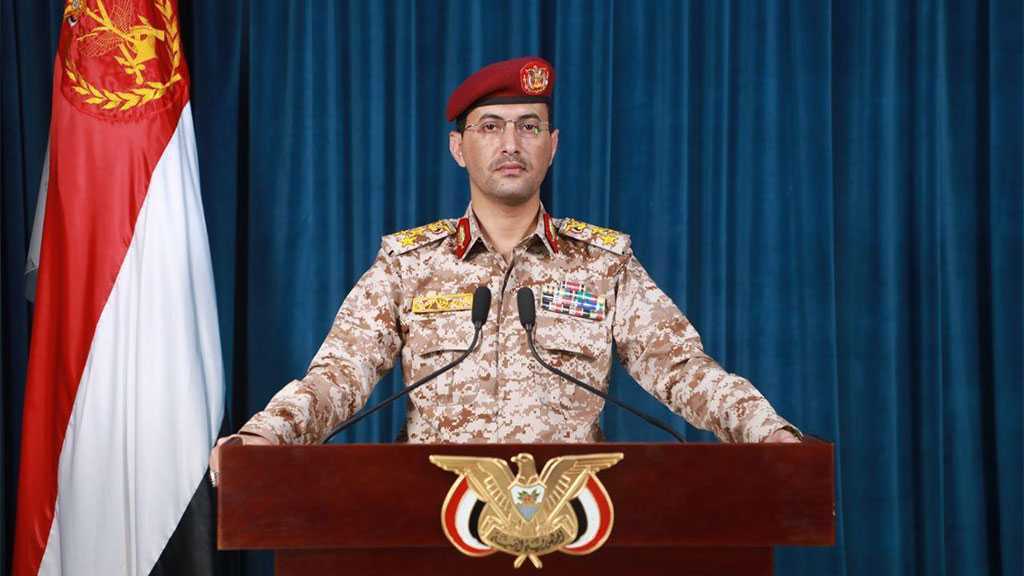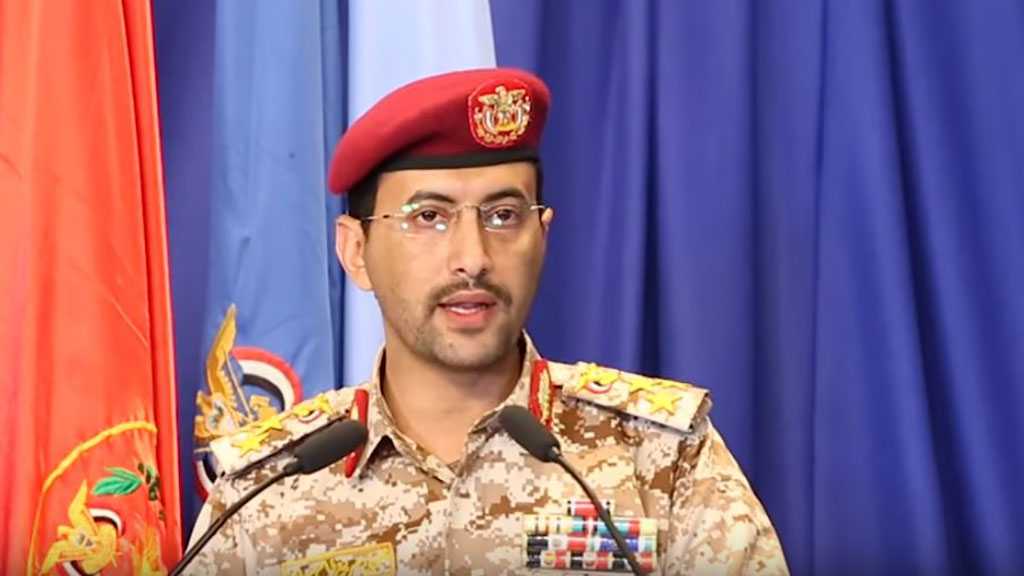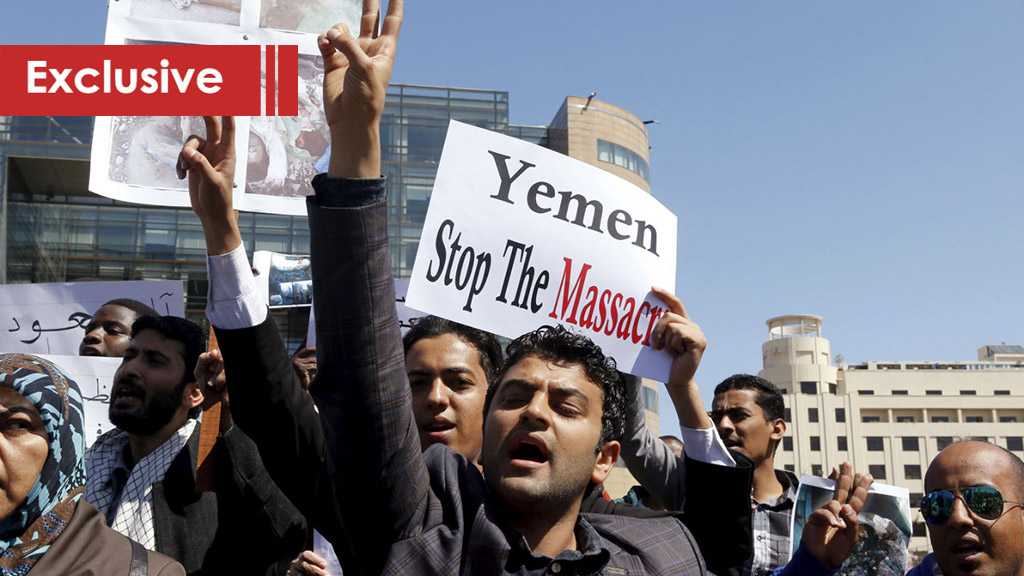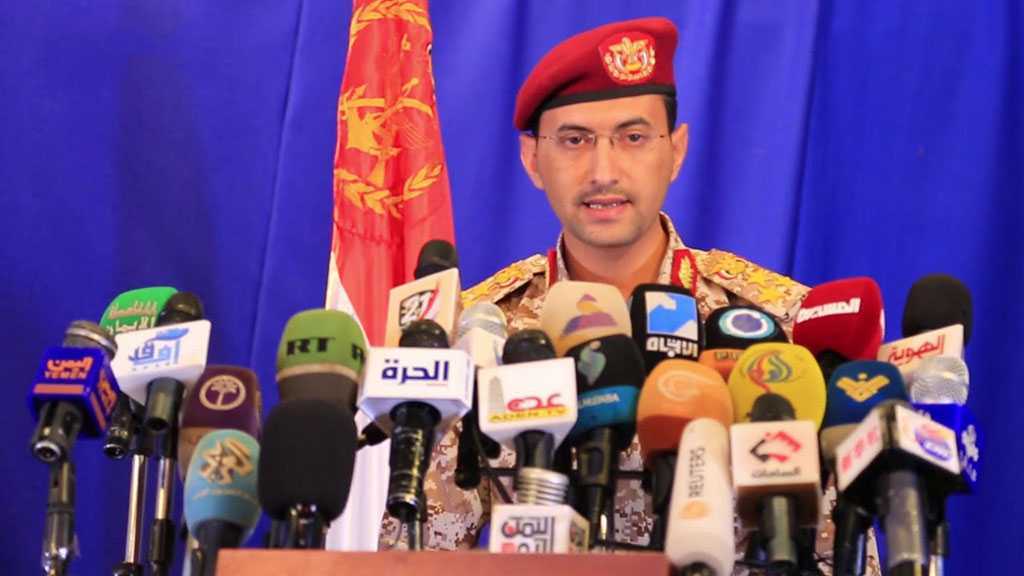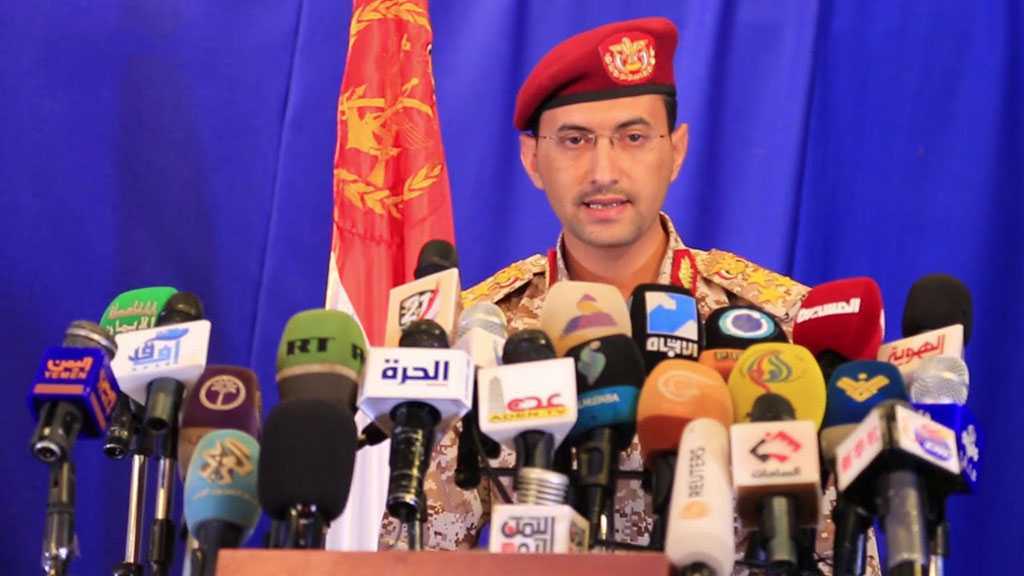Crude oil prices have surged and broke the 120 US dollars level as reports of retaliatory missile and drone strikes by the Yemeni Armed Forces and allied fighters from Popular Committees against oil storage facilities in Saudi Arabia rekindled concerns over supply shortages.
Brent light crude oil for May delivery increased 1.62 dollars, or 1.4 percent, to close at 120.65 dollars per barrel on the London ICE Futures Exchange.
The West Texas Intermediate (WTI) for May delivery also added 1.56 US dollars, or 1.4 percent, to settle at 113.90 dollars a barrel on the New York Mercantile Exchange. Both had dropped $3 earlier.
Both benchmarks notched their first weekly gains in three weeks – Brent rose more than 11.5% and WTI gained 8.8%.
The news added fuel to the already volatile oil market shadowed by supply risks related to the Russia-Ukraine conflict.
Fatih Birol, executive director of the International Energy Agency (IEA), on Thursday reiterated the IEA’s willingness to release further oil from emergency reserves if necessary.
Birol added that the IEA member countries are seeking to radically reduce their imports of Russian oil and gas.
Spokesman for Yemeni armed forces said in a statement aired by the Arabic-language al-Masirah television network that Yemeni troops had carried out a large-scale offensive, dubbed Operation Breaking the Siege III, against a number of vital and sensitive targets deep inside Saudi Arabia, using domestically-developed ballistic and winged missiles as well as combat drones.
Brigadier General Yahya Saree stated that the Yemeni troops and their allies pounded high-value sites in the Saudi capital Riyadh, energy facilities in the strategic Jizan and Najran regions, as well as an Aramco’s fuel distribution station in the Red Sea port city of Jeddah among others.
“A number of bomb-laden drones targeted the oil refineries in Ras Tanura and Rabigh, as well as the Aramco oil facilities in Jizan and Najran. A barrage of winged missiles targeted Aramco oil facilities in Jeddah and vital facilities in the Saudi capital Riyadh,” he said.
The spokesman for Yemeni armed forces added that important targets in the southern cities of Dhahran al-Janub, Abha and Khamis Mushait were also hit with ballistic missiles.
Saree highlighted that the Yemeni troops will conduct more qualitative strikes with the intent to break the crippling Saudi-led siege, emphasizing they will not hesitate to expand their military operations until the Saudi-led aggression stops and the blockade is completely lifted.
Formula 1 practice delayed
The Yemeni attack on Aramco facilities set off a huge fire near Jeddah’s Formula One circuit during televised practice sessions on Friday.
A massive plume of black smoke was seen rising from the plant near the circuit and the second practice was delayed, as the city prepared to host a Formula One race on Sunday.
UAE increases security, alertness levels
Arabic-language media outlets reported that officials in the neighboring United Arab Emirates (UAE) have raised the level of alertness in the aftermath of the Yemeni retaliatory strikes on the Saudi oil facilities.
The Abu Dhabi regime is a major contributor to the devastating Saudi-led military campaign and brutal siege against Yemen, and Yemeni forces have launched a series of strikes against the Persian Gulf country in retaliation.
Source: Agencies (edited by Al-Manar English Website)
- Sayyed Houthi: Saudi and UAE Implementing Aggression Scheme Devised by US, UK & ‘Israel’
- Exclusive: Sanaa announces all Aramco facilities are targets
- Ballistic Missiles, Drones Strike Aramco, Vital Targets in Saudi: Yemeni Military Spox
- Yahya Saree: Yemeni Forces Targeted Saudi Vital Facilities with Drones
- Defeated US-Saudi Coalition of Aggression Massacres Yemeni Civilians in Sanaa: At Least 12 Martyred, Injured
- Saudi-Led Coalition Launches Large-Scale Attack on Sanaa
- Iran FM: Had Not Resistance Been There, ISIL Terrorists Would Have Controlled Entire Region
Filed under: House of Saud, Russia, Ukraine, Yemen | Tagged: Anti-Russian sanctions, Brigadier General Yehya Saree, Jeddah, Jizan, Najran, Saudi-led war on Yemen, Yemeni Army and Popular Committees, Yemeni Strike On Aramco | Comments Off on Oil Prices Soar after Retaliatory Yemeni Missile, Drone Strikes on Saudi Facilities









